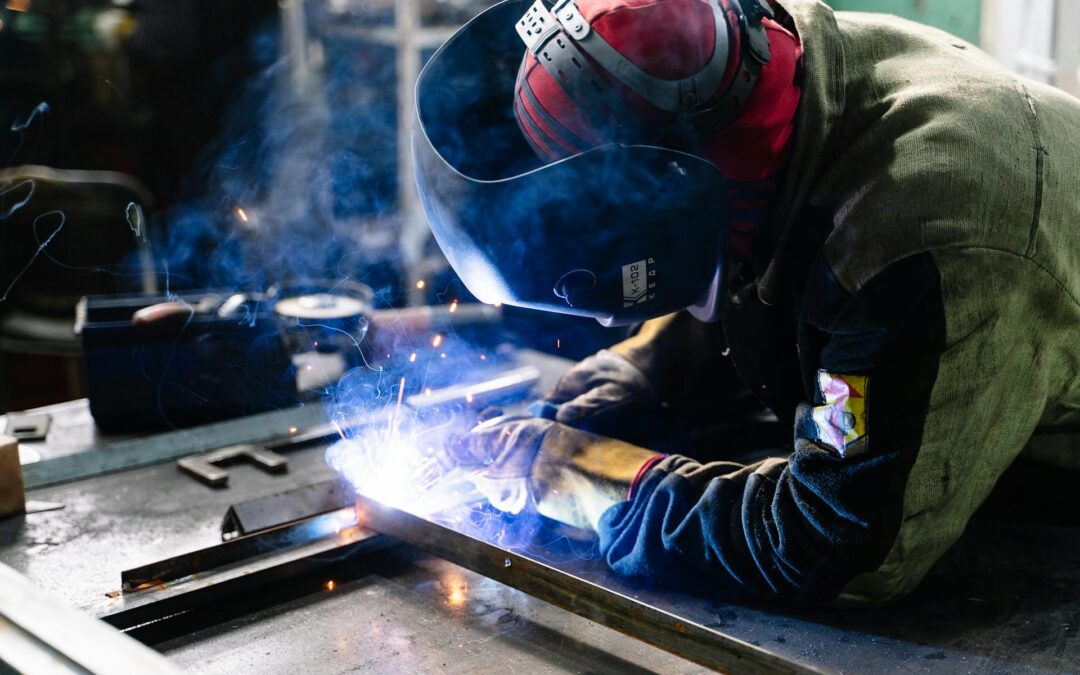
by laserwpuser | Jul 18, 2024 | CNC Machining, Laser Cutting, Metal Manufacturing, Welding
Metal fabrication has played a crucial role in shaping the industrial landscape of Los Angeles. From its humble beginnings in the late 19th century to the advanced technological marvels of today, the journey of metal fabrication in Los Angeles is a testament to...
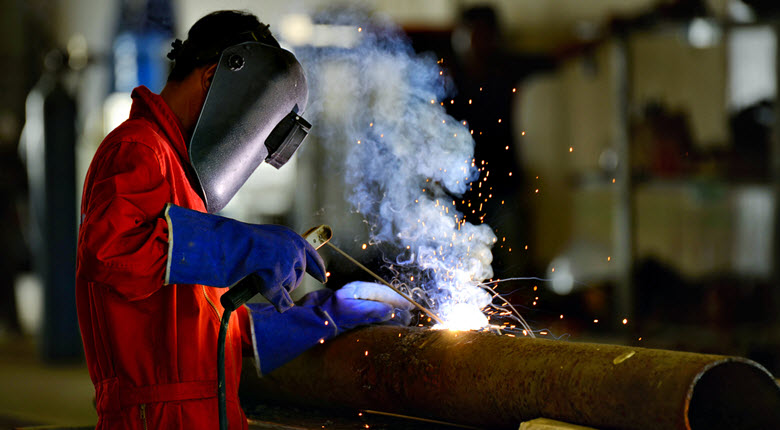
by Jacob Hodges | Sep 9, 2022 | Welding
Your safety is an absolute necessity when welding. To ensure this, you should make decisions based on safety standards established by organizations such as Occupational Safety and Health Administration (OSHA) and American National Standards Institute (ANSI). A...
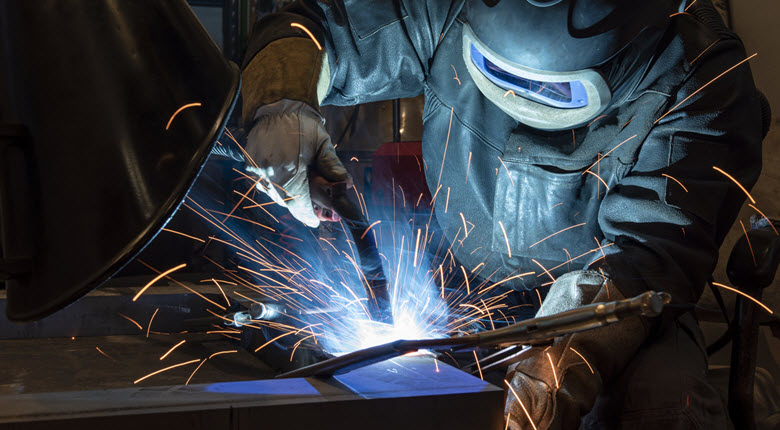
by Jacob Hodges | Aug 25, 2022 | Welding
Welding is a fabrication or sculptural process that joins materials, usually metals or thermoplastics, by causing coalescence. This is often done by melting the workpieces and adding a filler material to form a pool of molten material (the welding pool) that cools to...

by Jacob Hodges | Jul 8, 2022 | Welding
Welding is an age-old tradition used by artisans to join materials together. This arguably formed the backbone for mechanical development in the early ages. Welding involves using heat, friction, and pressure to combine materials like metals or plastics. Wielding has...
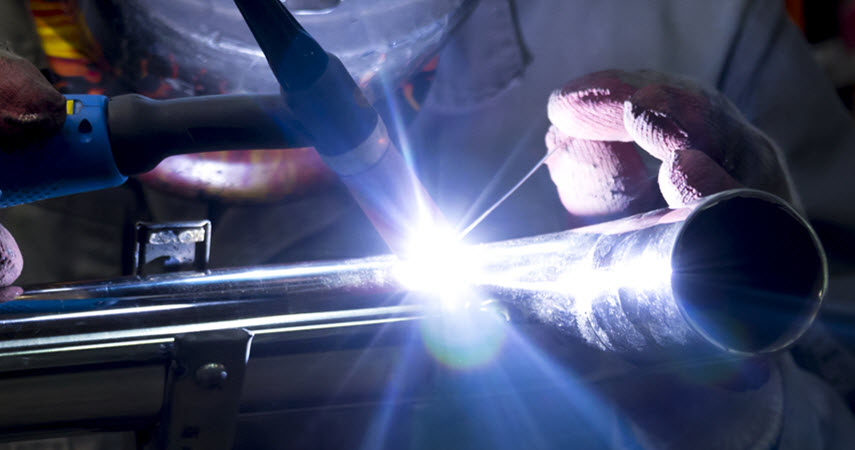
by Jacob Hodges | Jun 6, 2022 | Welding
Tungsten inert gas (TIG) welding usually involves a tungsten electrode that heats the metal and gas that prevents airborne contaminants from affecting the weld puddle. TIG welds offer unmatched strength with proper execution. This welding technique is usually unique,...
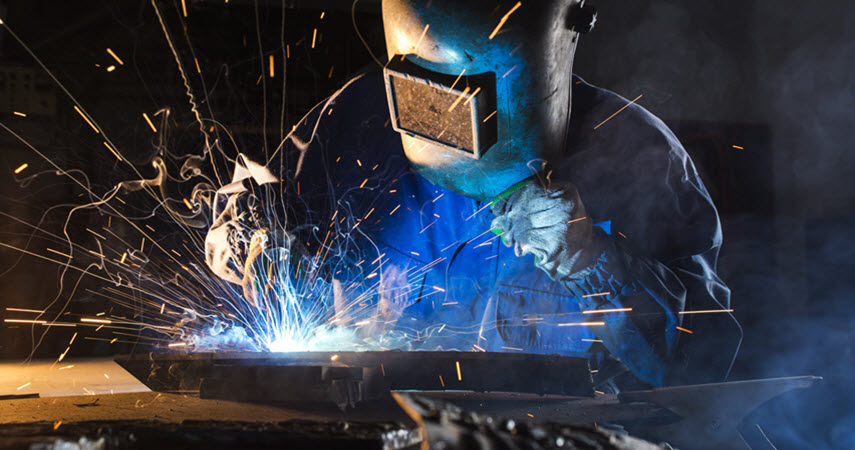
by Jacob Hodges | May 5, 2022 | Welding
The welding industry continues to improve with advancements in technology. The current standard in the welding industry is Metal Inert Gas (MIG) welding. This modern and versatile welding method accounts for up to 50% of welding applications. You will find it...









